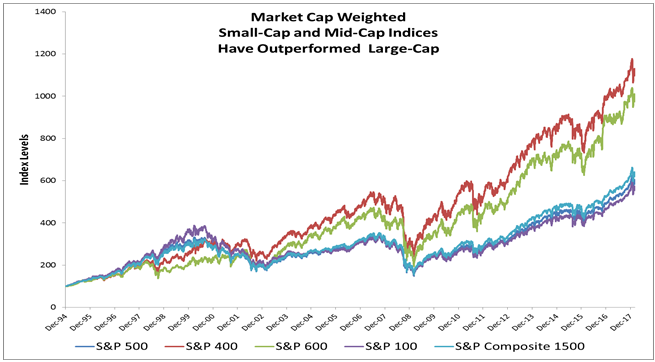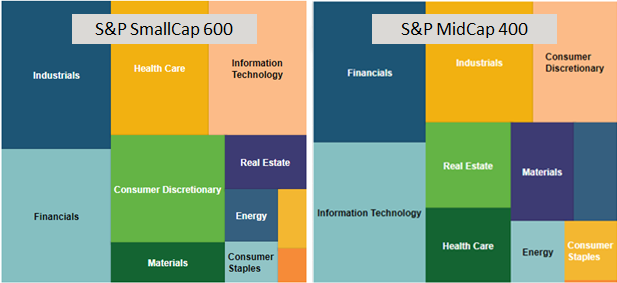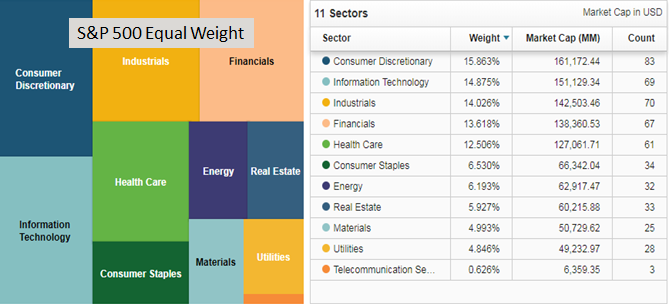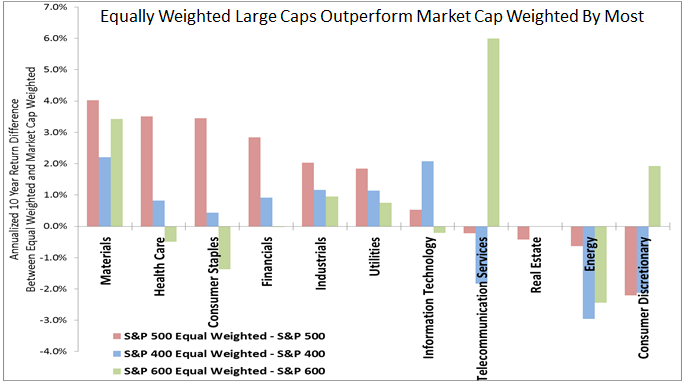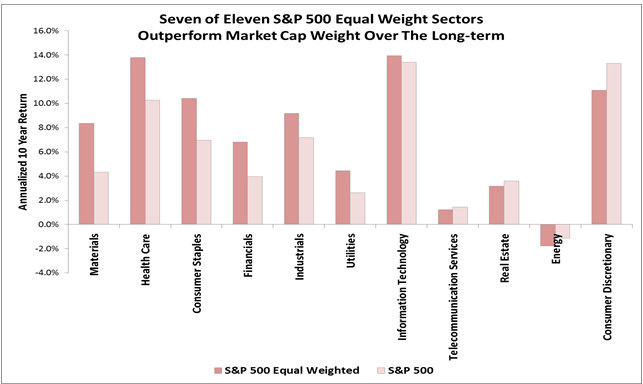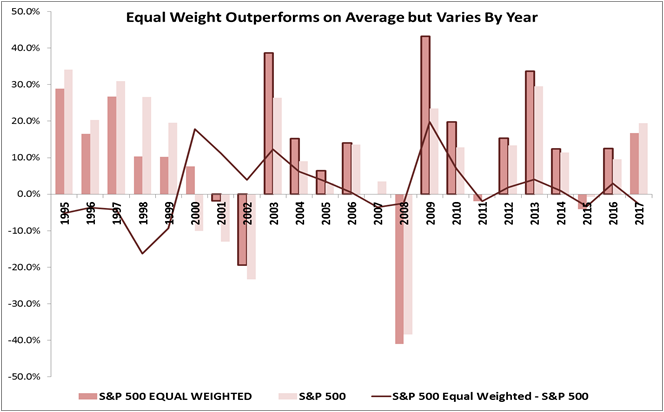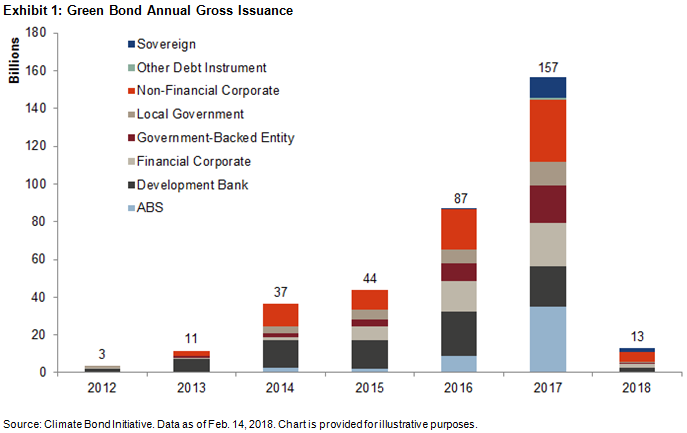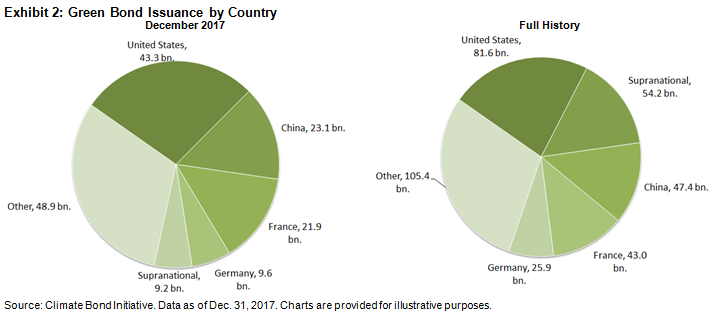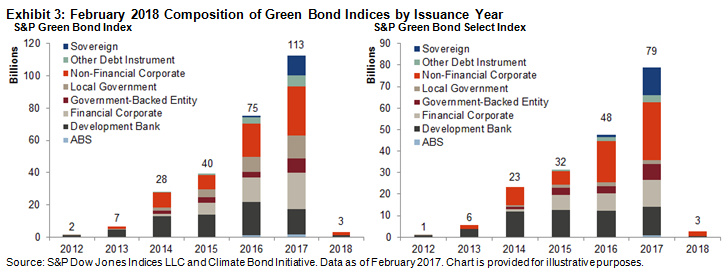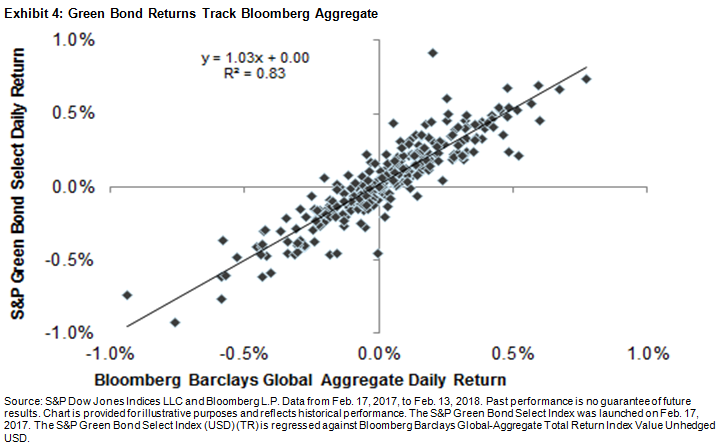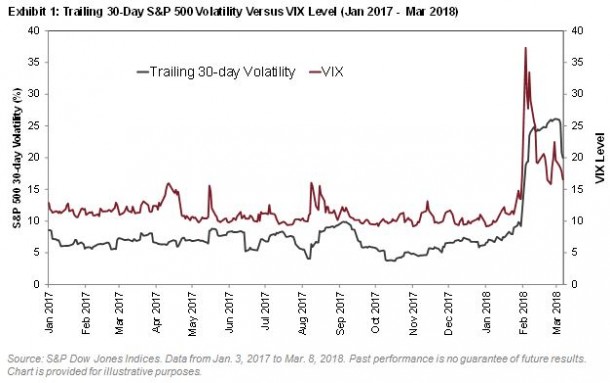There is increasing evidence of the link between ESG and financial outperformance as better data quality, standardized data, longer data history, and heightened interest in assessing the materiality of ESG drives continued research. However, there is already substantial empirical evidence to suggest that the “G” aspect of ESG ultimately yields better corporate returns.
Governance data, unlike environmental or social data, has been compiled for a longer period of time and the criteria for what comprises good governance and its classification has been more widely discussed and accepted. Harvard researchers Gompers, Ishii, and Metrick (2003)[1] constructed a Governance Index (G-Index) consisting of 24 governance provisions that weaken shareholder rights and ranked companies based on their scores.
Subsequent research from Bebchuk, Cohen, and Ferrell (2009)[2] identified six corporate governance provisions that are associated with what is considered poor governance and that negatively affect valuation. These six provisions are called the “E-Index” (E for entrenchment), and while they (Bebchuk, Cohen, and Wang, 2012)[3] found that both the G-Index and E-Index would have resulted in abnormal returns in the 1990s, the premium dissipated in the 2000s as the markets learned to distinguish between firms with good governance and those with poor governance and price these discrepancies accordingly.
Through a blog series on governance, we will be detailing what the categories and criteria are that define good governance. For sustainability research, S&P Dow Jones Indices partners with RobecoSAM, an asset manager known for its Corporate Sustainability Assessment (CSA), resulting in an overall sustainability score for companies in addition to the three underlying dimension scores that measure their environmental, social, and governance performance.
Economic Dimension Score
Based on RobecoSAM’s definition, the governance score is referred to as the economic dimension score (EDS), as it evaluates the corporate governance performance of companies but includes additional key measurements that evaluate the quality of a company’s management systems as well as its ability to manage long-term risks and opportunities. In order to understand the G component of ESG and how it affects stock performance, it is helpful to delve deeper into what constitutes good governance.
There are eight specific EDS criteria as outlined in Exhibit 1. The first is corporate governance, which evaluates the systems that ensure a company is managed in the interests of its shareholders (including minority shareholders).

Codes of business conduct addresses business ethics and whether the company’s code of conduct and compliance practices are designed to prevent bribery and corruption in the organization. Companies active in countries with weak anti-corruption laws are exposed to additional reputational and legal risks.
Risk and crisis management examines the effectiveness of the company’s risk management organization and practices, including the independence of risk management from business lines as well as the identification of long-term risks, their potential impact, and the company’s mitigation efforts.
Supply chain management is becoming increasingly important as companies expand to operate on a global level. When a company outsources its production, services, or business processes, it also outsources its own corporate responsibilities and its reputation. Companies need to have strategies in place to manage the associated risks and opportunities posed by their supply chain.
The tax strategy criteria examines the degree to which the company has a clear policy on its approach to taxation issues and an awareness of the extra-financial risks associated with the company’s tax practices.
The materiality score aims to assess the company’s ability to identify the sources of long-term value creation, understand the link between long-term issues and the business case, develop long-term metrics, and transparently report these items publicly.
In the policy influence criteria, RobecoSAM evaluates the amount of money companies are allocating to organizations whose primary role is to create or influence public policy, legislation, and regulations. Companies are also asked to disclose the largest contributions to such groups.
Impact measurement and valuation strives to assess whether companies have business programs for social needs, such as strategic social investments, and if they are measuring and valuing their broader societal impacts with metrics. Companies need to analyze the impacts of externalities that are not currently reflected in financial accounting, but which, over time, may have the potential of becoming priced in.
As discussed and laid out in this blog, the EDS comprises more than a traditional governance score. The inclusion of risk and crisis management, supply chain management, and tax strategy criteria differentiates the RobecoSAM EDS from a traditional governance score that relies heavily on more standard corporate governance metrics. In the next blog in this series, we will examine whether the EDS contains risk/return information and how it may impact future stock performance.
[1] https://papers.ssrn.com/sol3/papers.cfm?abstract_id=278920
[2] https://papers.ssrn.com/sol3/papers.cfm?abstract_id=593423
[3] https://papers.ssrn.com/sol3/papers.cfm?abstract_id=1589731
If you enjoyed this content, join us for our Seminar Discover the ESG Advantage in
London on May 17, 2018.









